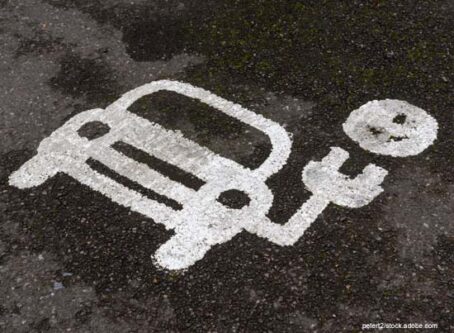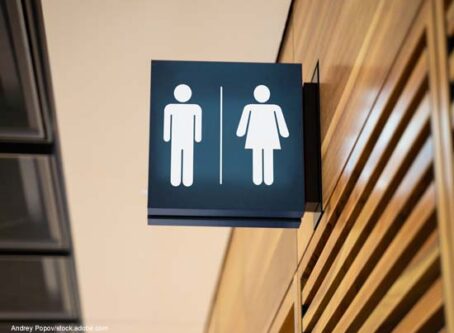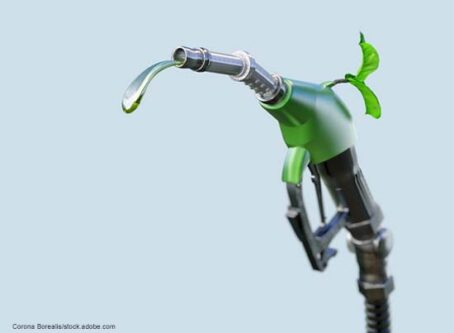Study claims AVs will prevent only 33% of crashes; stakeholders dissent
An Insurance Institute for Highway Safety study suggests that autonomous vehicles will not prevent as many crashes as stakeholders claim. However, an AV coalition disputes some of the study’s conclusions.
IIHS crash study of AVs
IIHS found that “autonomous vehicles might prevent only around a third of all crashes if automated systems drive too much like people” in a study released on June 4. At face value, this finding contradicts the key benefit of AVs that is being touted ad nauseam by stakeholders and lawmakers: AVs will dramatically decrease traffic crashes.
A national survey of police-reported crashes reveals that more than 90% of crashes are the result of driver error. More specifically, driver error is the final failure in the chain of events leading to a crash, according to IIHS. IIHS suggests that only one-third of those crashes were the result of mistakes that AVs are expected to avoid. In those crashes, automated vehicles have more accurate perception than human drivers. Furthermore, AVs are not vulnerable to incapacitation.
But what about the remaining two-thirds of crashes?
According to IIHS, AVs will need to be programmed to prioritize safety over speed and convenience.
In its study, IIHS separated the driver-related factors that contributed to the crashes into five categories:
- Sensing and perceiving errors. Things like driver distraction, impeded visibility and failing to recognize hazards before it was too late.
- Predicting errors. Drivers misjudging a gap in traffic or incorrectly estimating how fast another vehicle is going. Also, making an incorrect assumption about what another road user is going to do.
- Planning and deciding errors. Driving too fast or slow for road conditions, driving aggressively or leaving too little following distance.
- Execution and performance errors. Inadequate or incorrect evasive maneuvers, overcompensation and other mistakes in controlling the vehicle.
- Incapacitation. Impairment due to alcohol or drug use, medical problems or falling asleep at the wheel.
Sensing and perceiving error crashes account for 24% of total crashes. About 10% of crashes were the result of incapacitation. These are the types of crashes, according to IIHS, that AVs can avoid.
However, that assumes they install sensors that worked perfectly and systems that never malfunctioned.
Regarding the remaining two-thirds of crashes, IIHS claims those will continue to occur unless AVs are programmed to avoid the other three crash factors, suggesting they currently are not.
Predicting errors with AVs was highlighted in a fatal crash involving an Uber test car and a pedestrian in Arizona. That driving system could not identify the pedestrian at fist. Even after it did, the vehicle did not accurately predict that the pedestrian would step in front of the car. It then failed to make a corrective maneuver, falling under the execution category.
“It’s likely that fully self-driving cars will eventually identify hazards better than people, but we found that this alone would not prevent the bulk of crashes,” Jessica Cicchino, IIHS vice president for research, said in a statement.
Industry response
In a blog posted the same IIHS released its study, Partners for Automated Vehicle Education – a coalition of industry, nonprofit and academic institutions established to educate the public and policymakers about AVs – refuted many of the above claims. Essentially, PAVE argues that the IIHS’s conclusion is nothing more than speculation at best.
“As an emerging technology, autonomous vehicles are a topic that is ripe for speculation,” PAVE states. “In fact it can be difficult to talk about autonomous vehicles without straying into speculation, which presents a never-ending challenge for an educational organization like PAVE. There’s nothing fundamentally wrong with trying to anticipate the transformative changes that AVs might unlock, but extrapolating from an unsound factual foundation can lead to grotesquely warped conclusions.”
Separating and evaluating crashed into the five categories is “is unambiguously valuable,” PAVE acknowledges. However, the coalition states that IIHS “goes off the rails” when it assumes how AVs are designed.
Addressing the two-thirds of crashes that IIHS claims AVs cannot avoid, PAVE pokes holes in the Uber Arizona crash anecdote.
“In the ‘discussion’ section, the study’s authors write ‘Only about a third of serious crashes could be preventable by AVs if they are not designed to respond safely to what they perceive,’ which is a bit like saying that a marble won’t roll very far if it’s not round,” PAVE states. “The authors only offer two pieces of evidence to support the claim that AVs aren’t being designed to do precisely this: the fatal 2018 Uber crash in Tempe, and the idea that a rider’s preference for speed over safety might outweigh the system’s fundamental safety functions.”
PAVE states that although terrible and galvanizing, the Arizona incident was an outlier. Furthermore, the idea that speed overrides safety “make sense in a sci-fi story, but in reality no AV developer has even hinted that this would be an option.”
AVs “have a huge advantage over humans when it comes to environmental conditions and the entire category of ‘execution’ errors,” the coalition claims. The execution errors accounted for 23% of crashes.
PAVE concedes that stakeholders are not trying to prove that AVs will solve all fatal crashes. On the other hand, the coalition claims AVs can prevent far more than just one-third.
“But given the fundamental issues with some of IIHS’s assumptions, it’s not clear that saying AVs can only solve 34% of road deaths is a much more fact-based mental model than the overly optimistic view it seeks to replace” PAVE states. “The search for an accurate projection of AVs’ life-saving potential goes on.”









